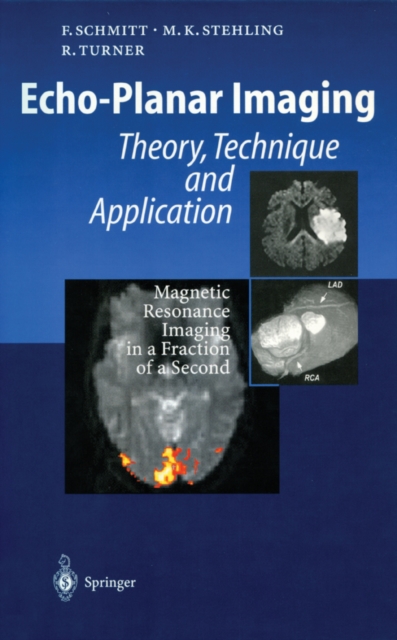
Echo-Planar Imaging : Theory, Technique and Application PDF
by Franz Schmitt, Michael K. Stehling, Robert Turner
Description
"Dost thou love life? Then do not squander time, for that's the stuff life is made oj': Benjamin Franklin This book describes the technical principles and applications of echo-planar imaging (EPI) which, as much as any other technique, has shaped the develop- ment of modern magnetic resonance imaging (MRI).
The principle of EPI, namely, the acquisition of multiple nuclear magnetic resonance echoes from a single spin excitation, has made it possible to shorten the previously time-con- suming MRI data acquisition from minutes to much less than a second.
Interest- ingly, EPI is one of the oldest MRI techniques, conceived in 1976 by Sir Peter Mansfield only 4 years after the initial description of the principles of MRI.
One of the inventors of MRI himself, Mansfield realized that fast data acquisition would be paramount in bringing medical applications of MRI to full fruition.
The technological challenges in implementing EPI, however, were formidable.
Until the end of the 1980s few people believed that EPI would be clinically useful, since its complexity was far greater than that of "conventional" MRI methods.
Information
-
Download - Immediately Available
- Format:PDF
- Publisher:Springer Berlin Heidelberg
- Publication Date:06/12/2012
- Category:
- ISBN:9783642804434
Other Formats
- Paperback / softback from £95.55
Information
-
Download - Immediately Available
- Format:PDF
- Publisher:Springer Berlin Heidelberg
- Publication Date:06/12/2012
- Category:
- ISBN:9783642804434






